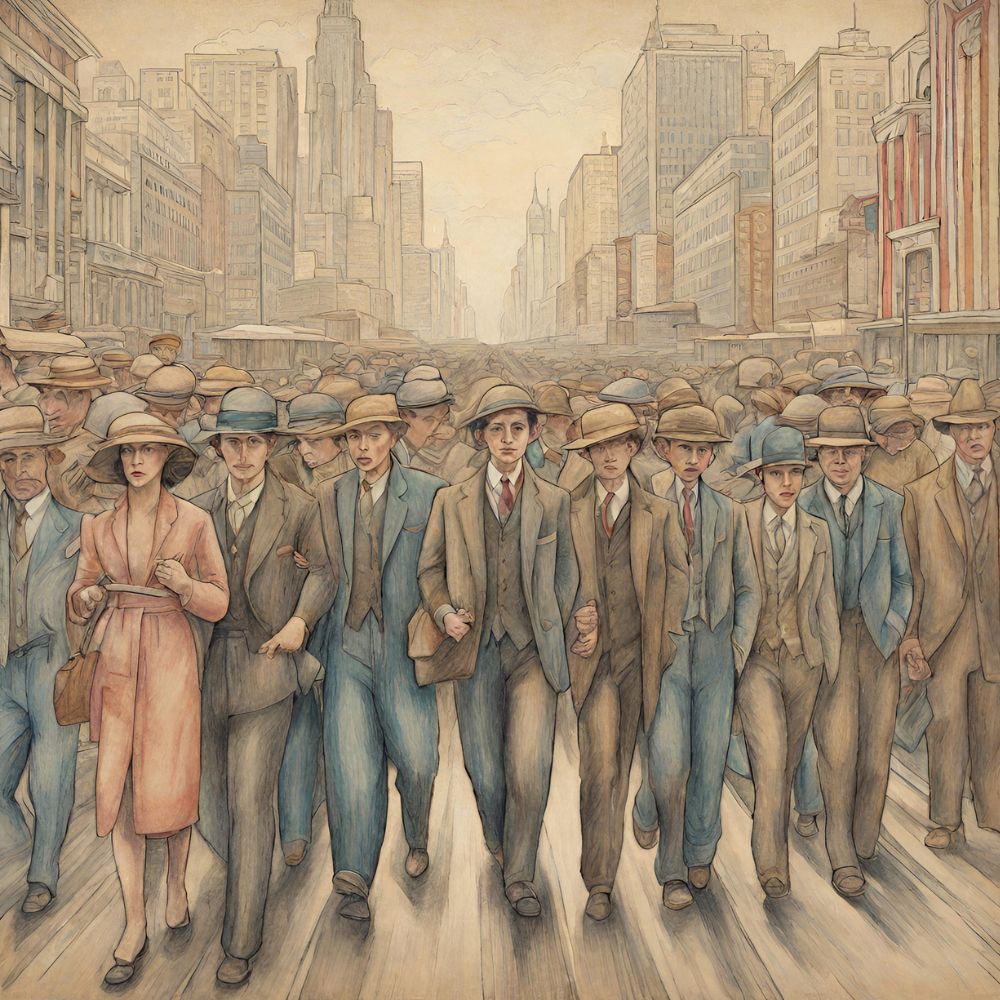
The Surprising Origins of the term: “The American Dream”
The optimistic term came from the depths of the bleakest economic crisis in US History.
The American Dream is the idea that anyone, regardless of their background, can achieve success and upward mobility through hard work, determination, and opportunity. It’s rooted in the belief that the U.S. offers freedom, equality, and the chance for prosperity to those willing to strive for it.
In the 20th Century, the American Dream was associated with homeownership, financial stability, and personal freedom.
However, its meaning has evolved over time, reflecting social, economic, and cultural changes. Some now see it as broader than just financial success, including personal fulfillment, work-life balance, and the ability to pursue one’s passions.

At the same time, critics argue that systemic inequalities, rising costs of living, and economic barriers make the traditional American Dream less accessible for many.
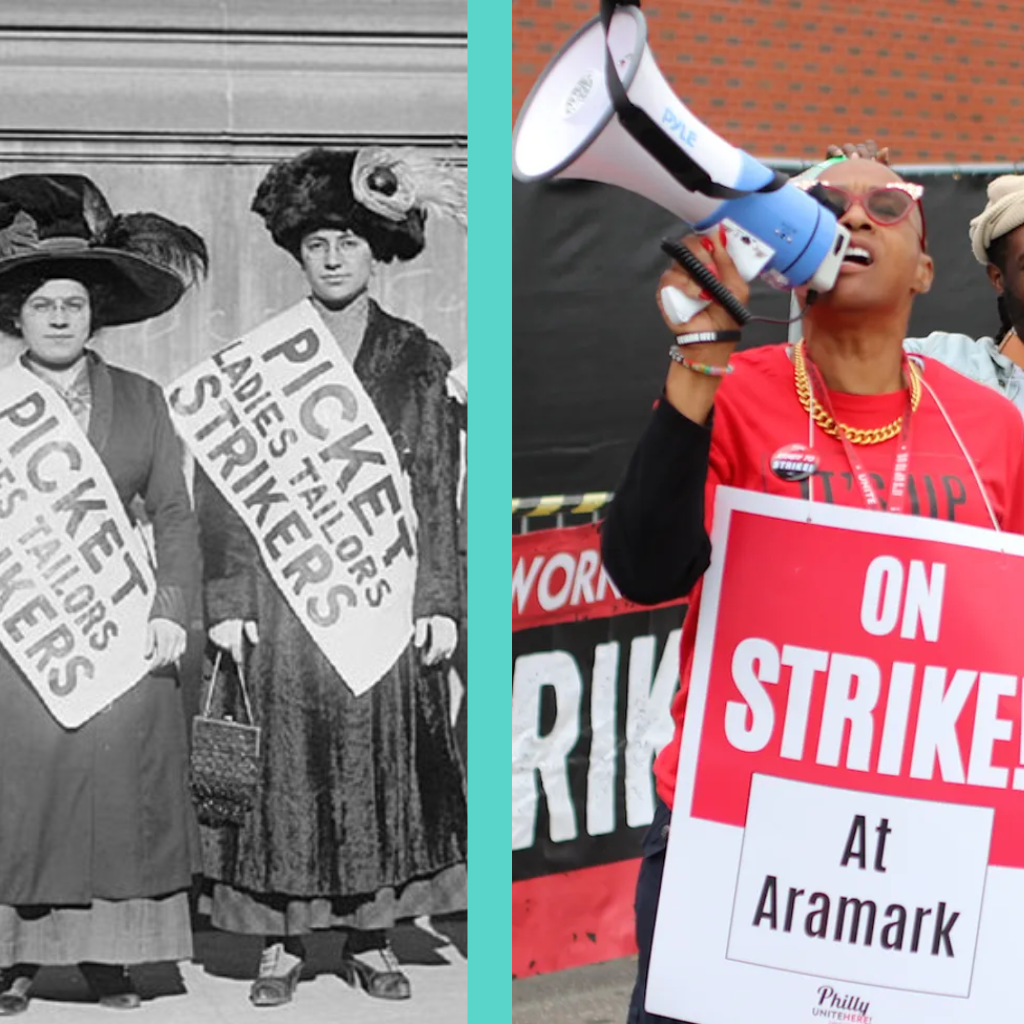
Why it Matters Today:
Understanding the history of the American Dream and how the idea has evolved helps us see how the idea has given context and shaped our assumptions about society, politics, and economics. The concept has shifted from early ideas of opportunity and self-sufficiency (like the pursuit of land and freedom) to a post-World War II vision of homeownership and middle-class stability, and now to a more complex reality influenced by economic inequality, globalization, and shifting cultural values.
By studying its history, we can also recognize how different groups have experienced the American Dream differently—while some have thrived, others have faced systemic barriers. This perspective helps us critically analyze whether the American Dream is still attainable today, for whom, and how it might need to change to be more inclusive and realistic in modern society.

The optimistic term came from the depths of the bleakest economic crisis in US History.

For most Americans, the concept known as The American Dream has taken on new meanings and a story of eroding opportunity has emerged.

The traditional narrative of the American Dream is dying and a new perception about America is taking hold.

The Traditional Narrative of the American Dream emphasizes individual responsibility, hard work, and the belief that anyone can achieve success through effort while an Emerging Narrative acknowledges the role of systemic factors, such as inequality, discrimination, and lack of opportunity, in shaping individual outcomes.
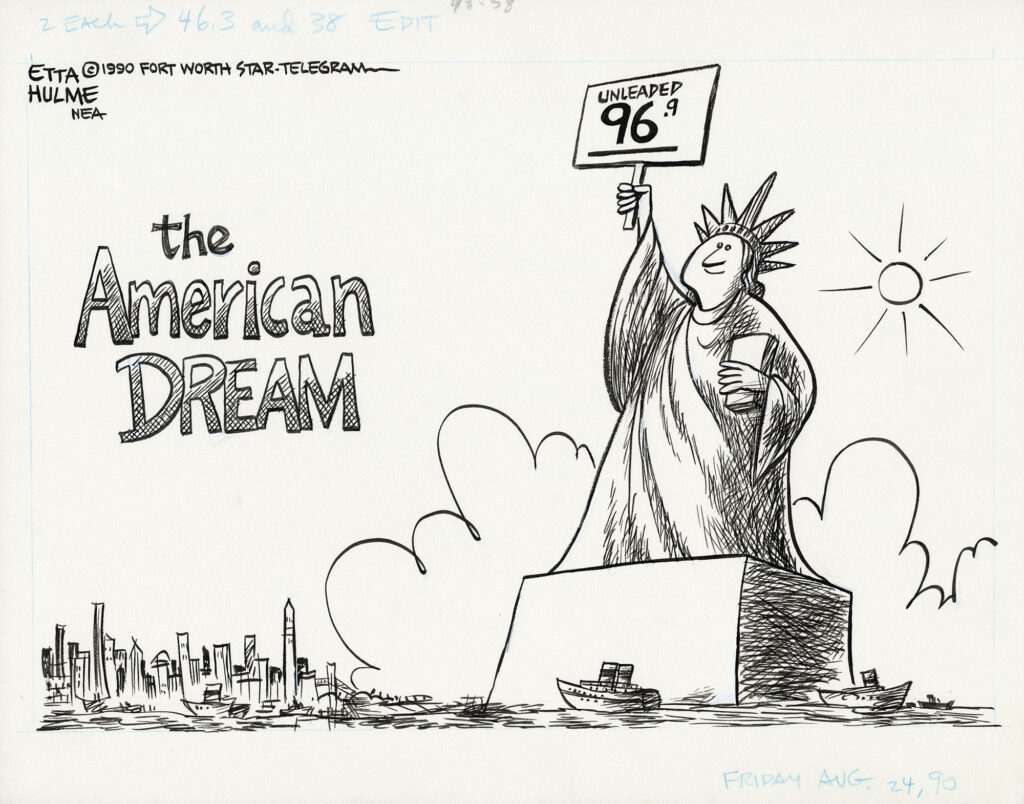
American exceptionalism has profoundly shaped the evolving definition of the American Dream over the last century. Originally rooted in the promise of opportunity, freedom, and self-determination, the American Dream has undergone significant transformations in response to economic, social, and political shifts.
American exceptionalism is a concept that distinguishes the United States from other modern societies, particularly European nation-states. It highlights unique features of American self-understanding and history, portraying the nation as distinct due to its values, political system, and historical experiences.
A key aspect of American exceptionalism is the emphasis on democracy, which emerged from a revolution against monarchy. Unlike European revolutions, which often replaced one form of governance with another, the American Revolution sought to secure freedom for individuals and colonies from external control. This focus on individual liberty and self-governance remains central to American identity.
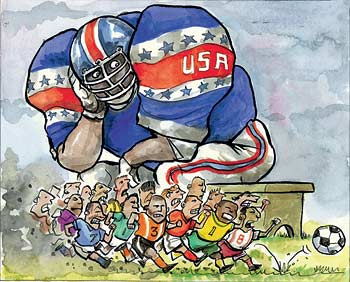
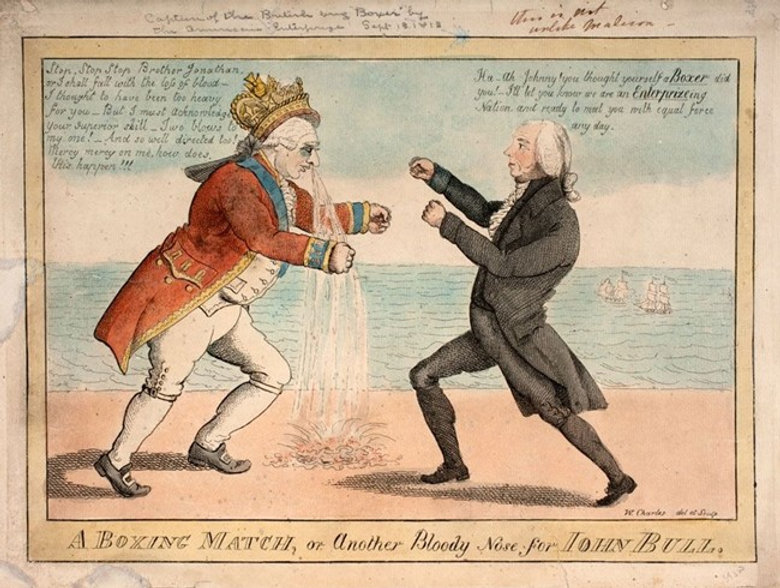
The American Revolution played a pivotal role in shaping the concept of American exceptionalism. It was a struggle for freedom from British rule, driven by a desire for self-governance and individual liberty.
The Industrial Revolution, a period of significant technological and economic change in Europe, also influenced the development of American exceptionalism. It further distinguished the United States from European societies in terms of social and economic structures.
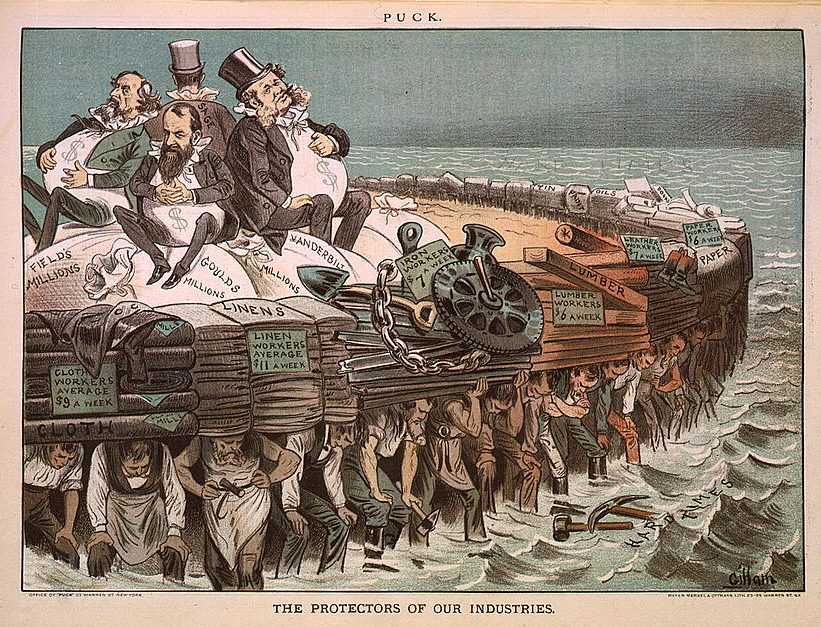
From out of the depths and darkest years of the Great Depression, the term “American Dream” is coined in 1931 by James Truslow Adams in his book The Epic of America.
Read more about the Surprising origins of the term “The American Dream” and how an emerging second narrative has divided world politics in the 21st Century.

Trump has fulfilled campaign promises in his first days in office by issuing radical executive orders, including one that seeks to end birthright citizenship in the US. Economists warn that Trump is sitting on an inflationary powder keg of misguided ideas to appease his nationalist constituents that will drive prices up in the US.

Starbucks stores have been affected by nationwide strikes since Christmas with over 300 stores affected, and yesterday 2 Long Island stores joined the fray.

H5N1 Virus, also known as Avian or Bird Flu is on the rise. As more mammalian hosts have been identified carrying the virus, health experts warn of possible epidemic amongst migrant and working class communities on the horizon where healthcare is harder to come by.

WorkforceWise.org, All Rights Reserved.